Red Maple Trees Common problems Return to Trees and Shrubs Agent Articles Red maple trees are popular but suffer from a number of problems They are slow to establish, have poor branching structure and, most importantly, they are susceptible to longterm trunk injury or damage, which results in internal rot and decay Depending upon the site, combinations of poor soil aeration, poor soil drainage, deicing salt damage, high temperatures at the site, drought, excavation damage, soil compaction, paving close to trees, verticillium wilt, and armillaria root rot weaken and kill the treeAs a shade tree silver maple has been used extensively in Iowa, mostly because of its fast growth rate This is a desirable characteristic, but it tends to be somewhat susceptible to wind damage and breakage later in life
Acer Saccharinum Silver Maple Minnesota Wildflowers
Silver maple tree leaf problems
Silver maple tree leaf problems-Upper surface of leaf pale greenSilver maples are problem trees even when they're healthyweak limbed with a tendancy to fall on your house and impossible to plant anything inside the drip line or, in fact, within feet of outside the drip line Get rid of yours and plant a better tree ken_adrian Adrian MI cold Z5 13 years ago



Autumn Blaze Maples A Beautiful Fragile Tree That Needs Regular Care
Stagheaded maples were described as early as 1917 in Massachusetts At that time, dieback was attributed mainly to drought and to the poor conditions for tree growth afforded by the urban environment There is unfortunately no cure for this disease, but of course most maples will not contract it Leaf Scorch on Maple Trees Japanese maples in particular, but other maples too, especially when young, can suddenly have the leaves dryWithin the Conemaugh River flood control project in Western PA, the Silver Maple grows in large stands across hundreds of acres In areas, it is accompanied by American Sycamore, Shingle Oak, Box Elder and various Willows This tree withstands long periods of flooding and inundation even throughout the growing season
The tree gets it name because of the silvery undersides of the leaf When winds blow the tree shows a kind of bicolor effect of silver and green hues in the canopy Silver maple is native to most of the eastern half of the United States, except for the Atlantic Coast and Florida Silver maple can become a very large tree(Please click on links for photos) The undersides of the leaves are much lighter than the tops and can shimmer like silver when wind ruffles the leaves, giving Silver Maple (Acer saccharinum) its common name Description It is a tree that reaches sixty to eighty feet in height (the record tree in the Big Tree Register is one hundred and fifteen feet tall), with grayish bark in scalesSilver maple is a fastgrowing landscape tree that can reach a height of 70 feet or more and a trunk diameter of up to 2 feet It is considered somewhat undesirable as a shade tree because of its brittleness and susceptibility to insects, disease, heat, and alkaline soils
Silver maples are fast growers, 10 to 12 feet in 4 to 5 years Unfortunately, with fast growth comes a weakwooded tree This makes it susceptible to wind, ice and snow damage in Michigan Since your maple is mature and demonstrating slow dieback over a period of 4 to 5 years, it is probably succumbing to maple declineFigure 1 Middleaged Silver Maple Silver Maple1 Edward F Gilman and Dennis G Watson2 INTRODUCTION Silver Maple has a vase shape and is a rapidlygrowing, fairly weakwooded tree which reaches a height of 80 to 100 feet witha5to6foot diameter trunk on a moist site (Fig 1) The tree is useful in wet areas, transplants easily and can growThe Silver maple is a fast growing large tree It is often multistemmed At the age this maple is susceptible to wind damage
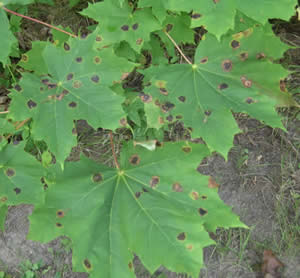



Maple Leaves Have Black Spots Chicago Botanic Garden



Iron Chlorosis Brief Overview Lawns Gardens Trees
Some people refer to the silver maple as a dangerous tree because it tends to drop branches and sheets of bark that can jam lawnmowers or, far worse, drop huge limbs that easily could damage houses, fences, or power linesMay be weedy, spreading many seedlings in lawns and gardens Weak wooded and is prone to storm damage Has a vigorous root system that can invade sewer pipes Verticillium wilt , anthracnose, tar spot, cottony maple scal e, maple bladder gallAcer spp Anthracnose (fungus – Gloeosporium apocryptum) In rainy seasons this disease may be serious on silver maples and Japanese maplesIrregular, light to reddishbrown, or purplishbrown, dead areas occur on the leaves Many spots occur along
/cdn.vox-cdn.com/uploads/chorus_asset/file/21767373/AdobeStock_267678717.0.0.jpg)



Everything You Need To Know About Bloodgood Japanese Maple Trees This Old House




Silver Maple Nuisance Tree Or Landscaper S Dream Dengarden
Silver Maple Summer foliage is green on top and silvery underneath Suggested uses for this plant include shade tree Transplants readily either as a bare root tree or with roots balled and burlapped Plant away from structures and streets to avoid interference with sewers and sidewalks Does well in poor soilsSaccharum), Norway maple (A platanoides) and red maple (A rubrum) in the Northeast The problem is not a new one; Maple petiole borers are small caterpillarlike insects that tunnel into leaf petioles, weakening them and causing premature leaf drop They are the larval stages of a sawfly wasp Leaf loss is seldom enough to affect tree health For more information, see Entfact 405




The Pros And Cons Of Having A Silver Maple Tree In Your Yard



Silver Maple Trunk Damage Can Kill Top Limbs Belleville News Democrat
Silver maple is a medium to large tree with a rounded crown and slender, spreading branches Leaves are simple, opposite, 4–7 inches long, broadly triangular, 5lobed; The silver poplar has leaves that are dark green on the top and are covered with a silvery white fuzz on the underside of the leaf The woolly hairs also coat the twigs and buds of the tree Because the leaves have three to five lobes, just like a maple leaf, many misidentify this species as one from the maple family, but it is no relation asSilver Maple Acer saccharinum Very fastgrowing Leaves are green on top and silverywhite on the underside, shimmering and dancing in the breeze Tolerates a wide range of soil conditions Because of a vigorous root system, plant 10' or more from sidewalks, drives, foundations, and sewer lines Grows to 50' to 80'with spread 2/3 of height to



When Your Maple Turns Red Before Its Time The Journal
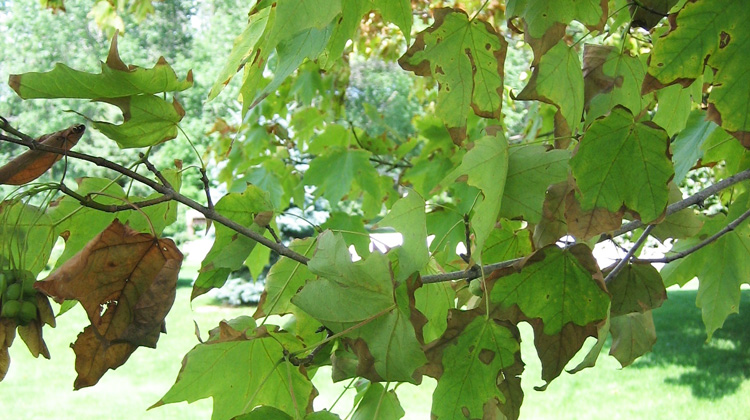



Edges Of Maple Leaves Turning Black Melinda Myers
The Silver maple leaf has an exquisite shape with a silvery underside On the upper side, these leaves are green in color The leaves of this maple tree have five lobes with deep indentation between the lobes They have slender stalks Most of these trees develop a pale yellow fall foliage, and this color change lasts for a very short periodCutting Silver Maple Roots I am building a retaining wall that is about a foot from the base of a 15 year old Silver Maple tree (10 inch diameter) Needless to say, I'm encountering numerous roots I've cut through most of them since they are small (less that 2 inch diameter) But, I've encountered one that is somewhat larder (5 inch diameter)We've gathered our favorite ideas for Silver Leaf Maple Tree Diseases, Explore our list of popular images of Silver Leaf Maple Tree Diseases and Download Photos Collection with high resolution
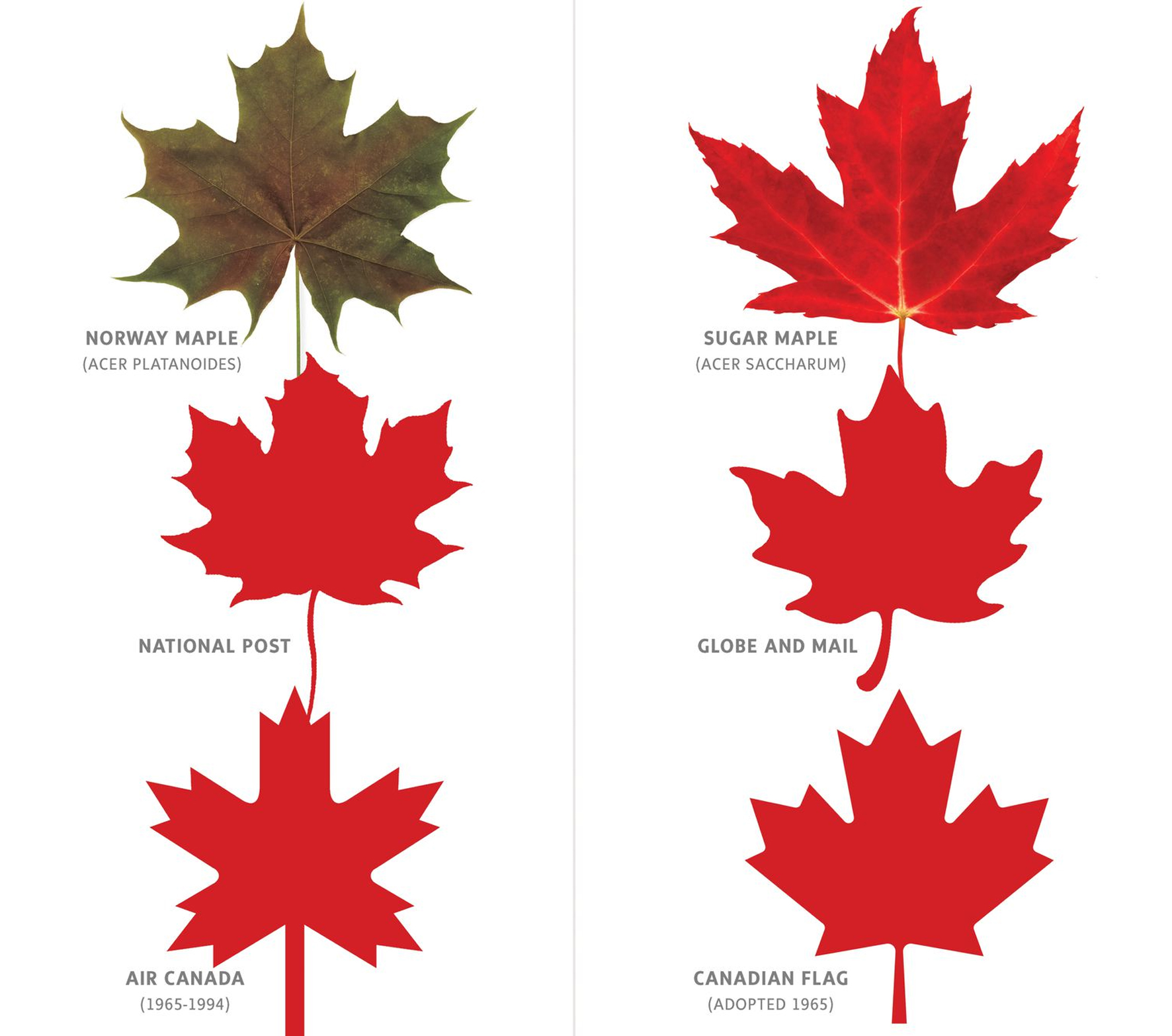



The Globe And Mail The Norway Maple Is A Bully And Shouldn T Be Confused With The Sugar Maple Tree Forestry




Maple Gall Mites Eriophyidae Wisconsin Horticulture
Maple Tree Types Maples are deciduous trees characterized by opposite leaf arrangement and spectacular fall color The flowers are upright and green, yellow, or red in color depending on species, and the fruit appears in winged clusters which hold the seeds of this selfpollinating tree Anthracnose in maple trees is quite common The cool, wet weather of spring often brings on the disease Infected leaves develop small, irregularly shaped brown spots in the beginning of the growing season As the disease and the season progresses, the spots grow and may eventually cover the entire leaf SeverelyPost subject Silver Leaf Maple Problem Posted Thu 240 am Joined Sun 612 pm Posts 26 Location Ennis,TEXAS I know its not a good tree But it was here when I bought the house The tree is about 60 feet tall and about 18" wide at the base The tree has always done great Started out this year great



Acer Saccharinum Silver Maple Minnesota Wildflowers




Tar Spot Of Trees And Shrubs Wisconsin Horticulture
Chlorosis is caused by the plant not being able to acquire the iron it needs Iron is necessary for the production of chlorophyll The lack of iron results in the loss of the green color In severe cases, leaf color changes from yellow to white to brown IfPests and Potential Problems Like other maples, silver maple is susceptible to a wide range of insect and disease problems (Dirr, 1977) Gray mold spot is a foliage disease A host of root and trunk rots attack silver maple Because of its brittle wood properties, it is highly susceptible to ice damage (Gabriel, 10) Environmental ConcernsNoticed on a mature silver maple tree in Reno, Nevada by Leslie Lyles Since then, she has kept records of all the reported new cases of this disease By 02, more than mature silver maple trees had been reported with the disease, and most of them died and were removed without a formal investigation It is believed that more




Garden Pests And Diseases What Is On My Silver Maple Leaves 3 By 67heaven




Maple Tree Diseases On The Bark Diseases Of Maple Trees That Affect The Bark
The crimson erineum mite is usually found on silver maple and causes the formation of red fuzzy patches on the lower leaf surfaces The QI have a silver maple tree Last fall, a section of bark loosened and fell away from the trunk I pulled the loose section off, down to a firmer sectionLobes deep, narrow, pointed at the tip, middle lobe taking up more than ½ the length of the complete leaf, narrowed at the base, margins toothed, base of lobes (sinuses) Vshaped;




Leaf Scorch On Young Maples Maple Leaves Forever
:max_bytes(150000):strip_icc()/GettyImages-512624994-5c5b0879c9e77c000156651d.jpg)



The Characteristics Of The Silver Maple Tree
How to Grow Silver Maple Trees Hardy in zones 39, silver maple tree growth is about 2 feet (05 m) or more per year Their vaseshaped growth habit can top out at anywhere from 50 to 80 feet (15 to 245 m) tall depending on location and can be 35 to 50 feet (105 to 15 m) wide While they were once widely used as quick growing street trees Silver leaf is a fungal disease that affects a wide range of deciduous trees The disease has its biggest impact in fruit trees such as apple, pear and cherry, but can also affect ornamental trees such as willow, poplar, maple, oak, and elm Silver leaf has traditionally been considered a disease of older trees that have been physically damaged or are in decline due to Unlike many of the problems your tree faces, maple decline is not a tree disease or a tree pest Instead, maple decline is a result of trees living in an urban environment instead of a forest Let's break that down In forests, trees have loads of rich, natural resources that they need to survive and thrive But when growing in your yard
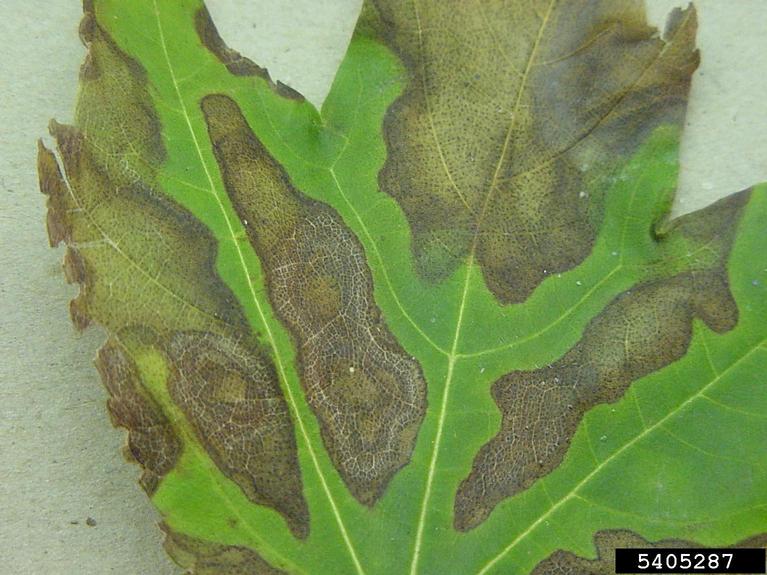



Maple Tree Diseases Lovetoknow
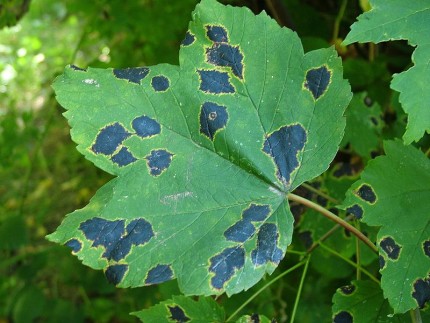



What Maple Tree Disease Is And How To Control It Great Northern Regreenery
Silver Maple Leaf Problems Anthracnose Anthracnose is a fungus that grows in dead leaves left to rot on the soil over winter Wet, cool springs Verticillium Wilt Silver maple trees suffering from verticillium wilt will display wilting leaves and dying branches Tar Spot Tar spot is caused by a Because of the susceptibility to diseases caused by the bark splitting, it is difficult to determine the exact cause of the leaves dropping on your silver maple Below is a link that will provide you with information about maple diseases and insect pests from Clemson Cooperative Extension that may be helpful in diagnosing the problem The appearance of the tan mushrooms at the base of the infected silver maple tree is what distinguishes this disease from others with the same distressed leaf and twig symptoms Efforts to control the spread of this disease have proven ineffective, due to the wide range of the rhizomorphs that spread this fungi 0000
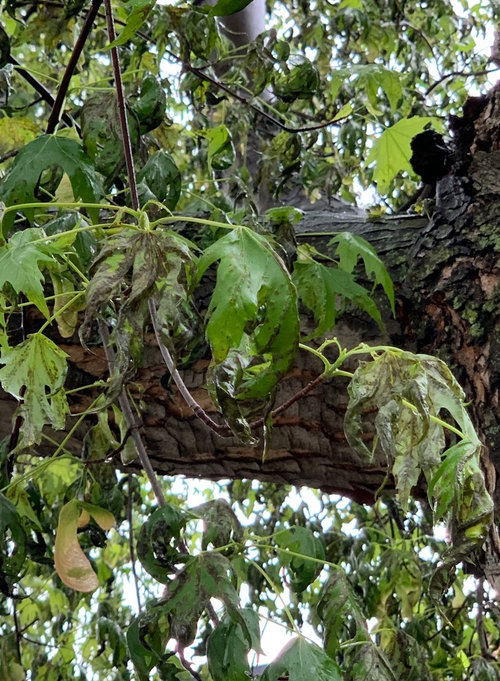



Silver Maple Leaf Disease Cool Wet Spring
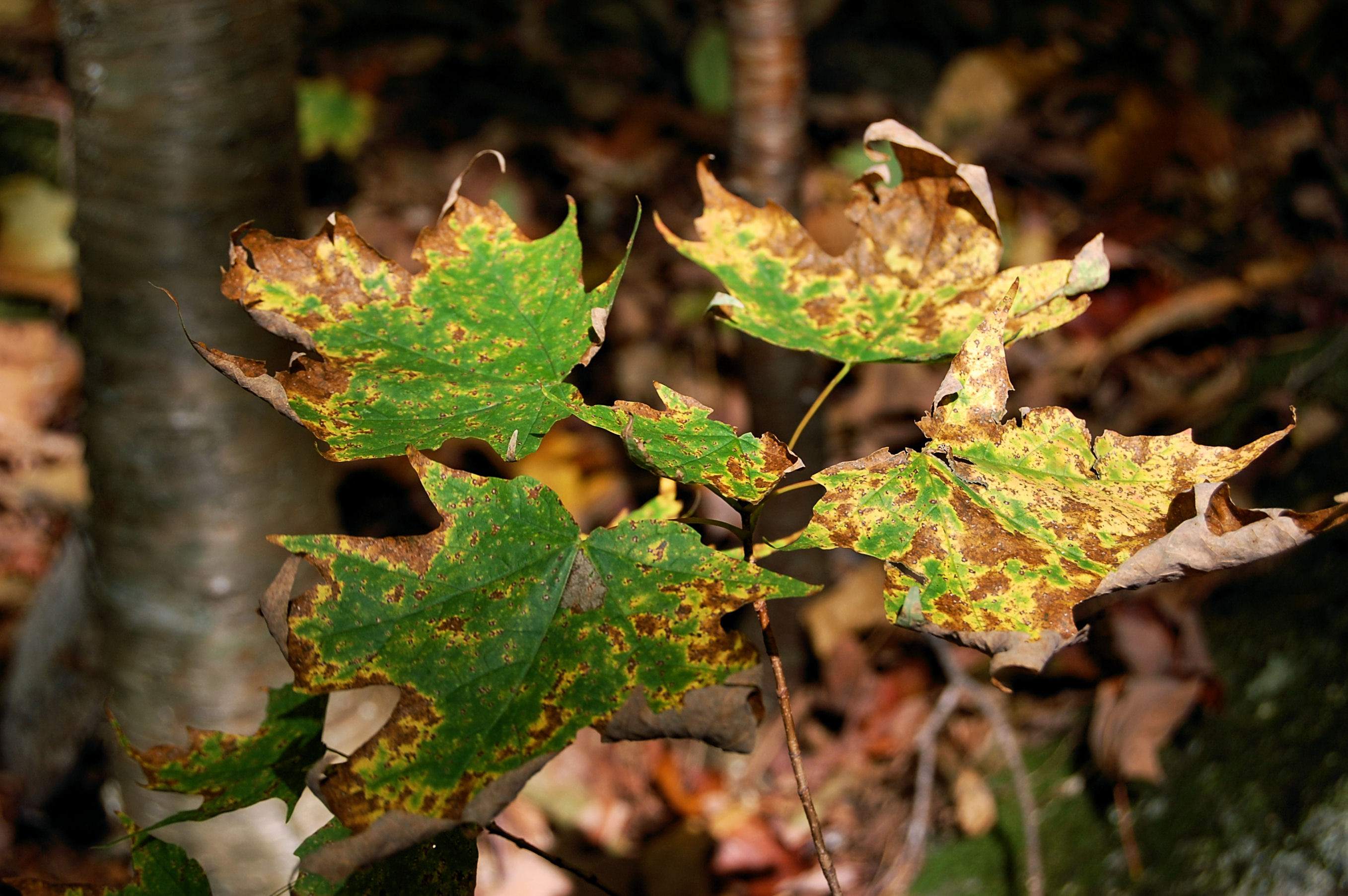



Maple Tree Diseases Lovetoknow
If the silver maple's roots wreak havoc on your property's water pipes or sewer lines, then the tree probably needs to be removed, and that removal should be done by an expert If it's just your




Seeing Dieback On Maples Onnurserycrops Blogonnurserycrops Blog




Maple Leaf Blister And Anthracnose Two Diseases Of Maple Leaves Landscaping




13 Common Maple Tree Problems And Diseases Dengarden




Autumn Blaze Maple Problems Autumn Blaze Maple Red Maple Tree Autumn Garden
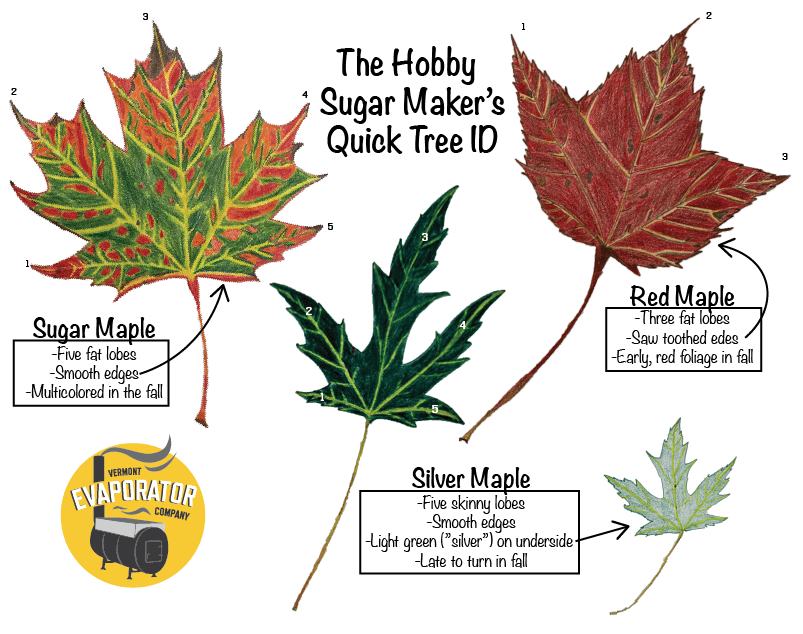



Diy Maple Syrup Time To Identify Your Maple Trees



3



Home Yard Garden Newsletter At The University Of Illinois




Maple Acer Spp Phytophthora Root Rot Pacific Northwest Pest Management Handbooks



Autumn Blaze Maples A Beautiful Fragile Tree That Needs Regular Care
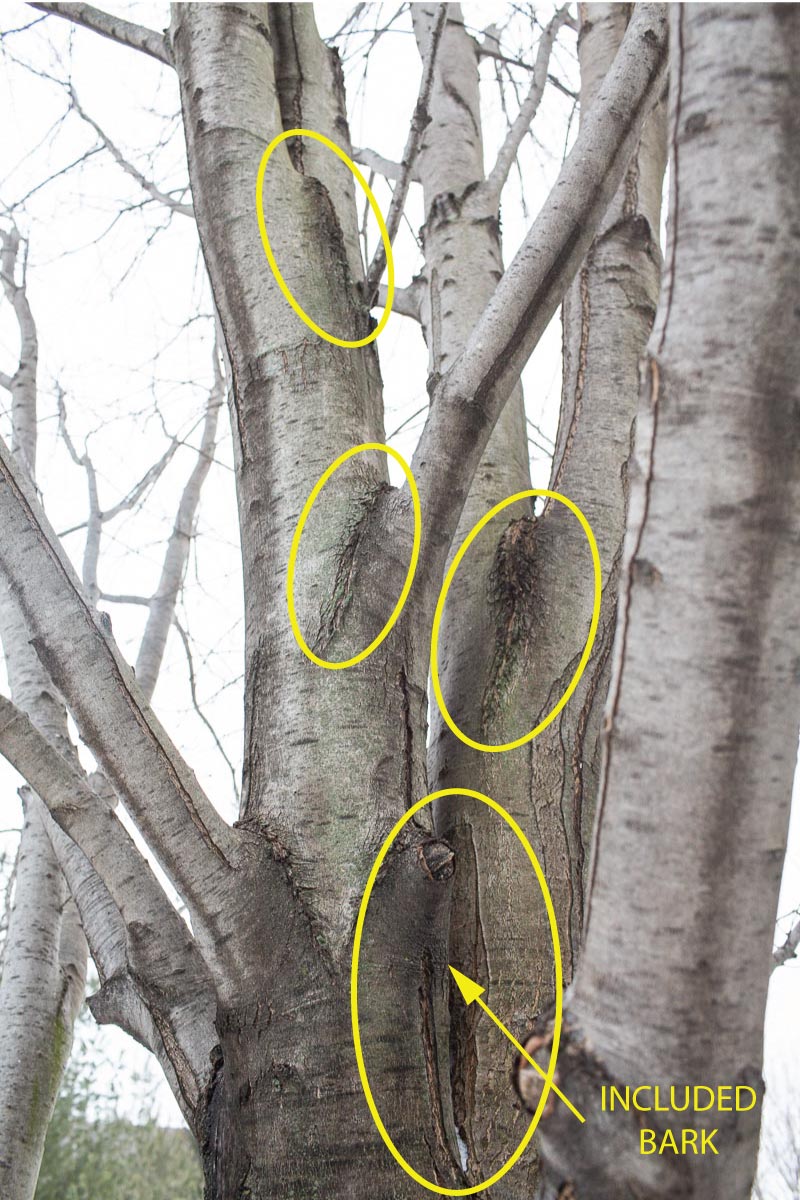



Autumn Blaze Maples A Beautiful Fragile Tree That Needs Regular Care



Silver Maple Trees For Sale Fastgrowingtrees Com
/most-common-north-american-maple-trees-1341864_FINAL-b411a2d828da42f29e7e687b026ecbec.gif)



5 Most Common Maple Varieties In North America




Silver Maple Soft Maple River Maple Silverleaf Maple White Maple Acer Saccharinum




Common Pests Of Trees In Ontario Baum Tree Care




Canker Spots On A Silver Maple Sarasin S Thoughts




Tree Problems Silver Maple Tree Tree Green Veins
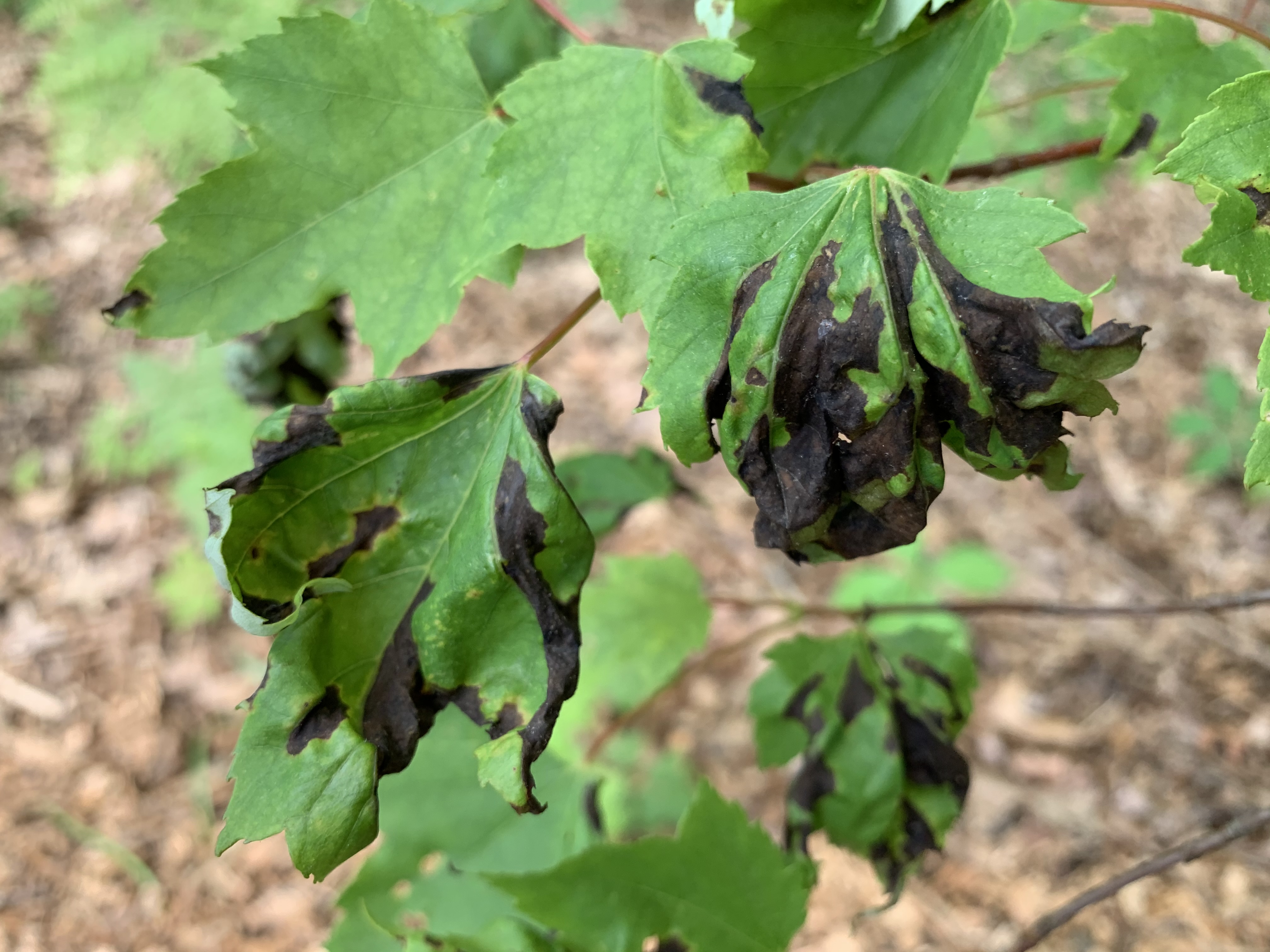



Maple Leaf Blister And Anthracnose Two Diseases Of Maple Leaves Landscaping




Silver Maple Tree Lovetoknow




Maple Diseases Insect Pests Home Garden Information Center




Landscape Maple Anthracnose Center For Agriculture Food And The Environment At Umass Amherst
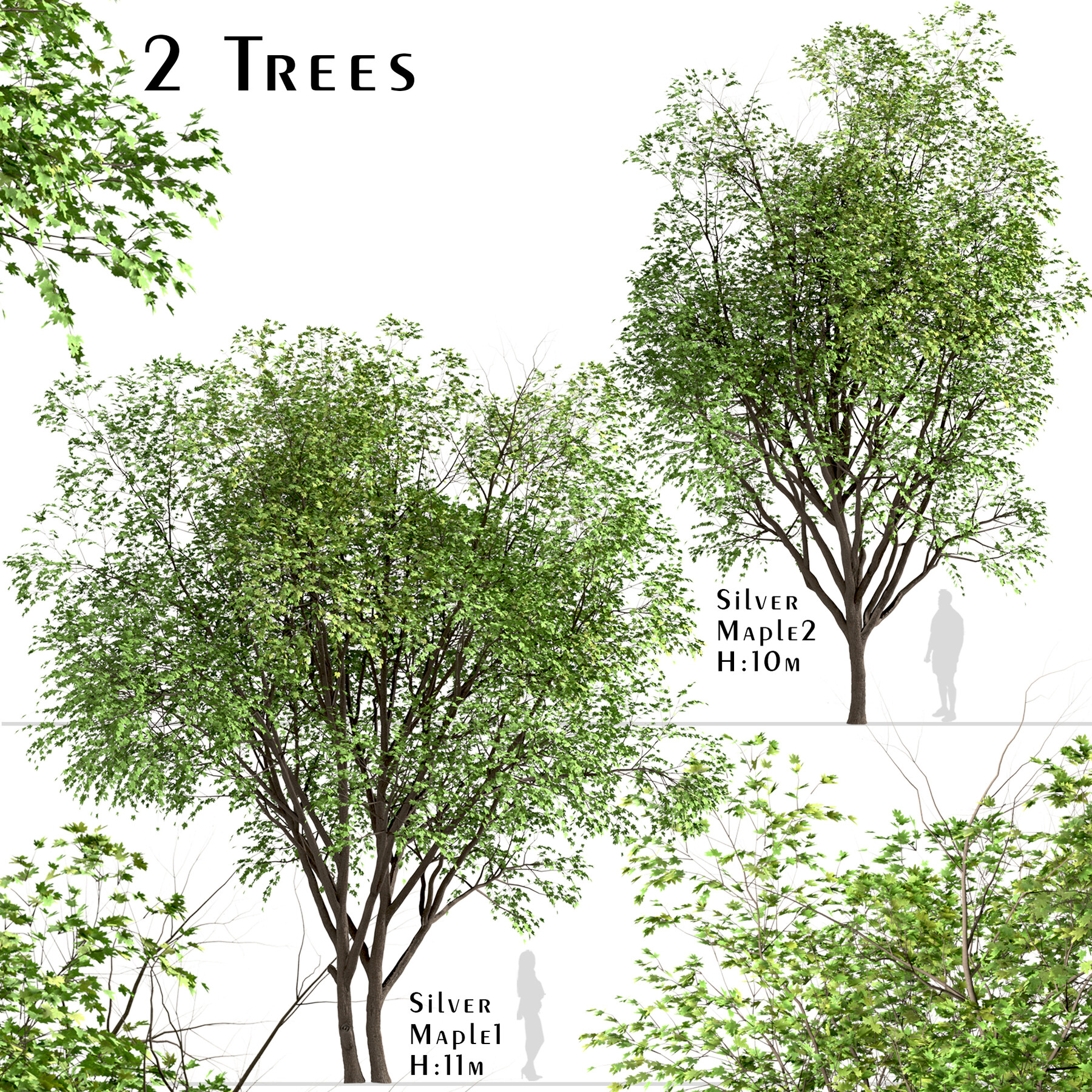



Artstation Set Of Silver Maple Trees Acer Saccharinum 2 Trees Resources
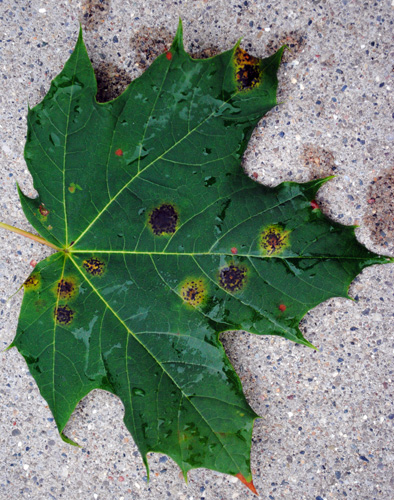



Why Do My Maple Leaves Have Spots Msu Extension




Tar Spot Of Trees And Shrubs Wisconsin Horticulture



Minnesota Seasons Silver Maple




Maple Tar Spot Identification Prevention Treatment Faqs For Northeast Ohio Independent Tree
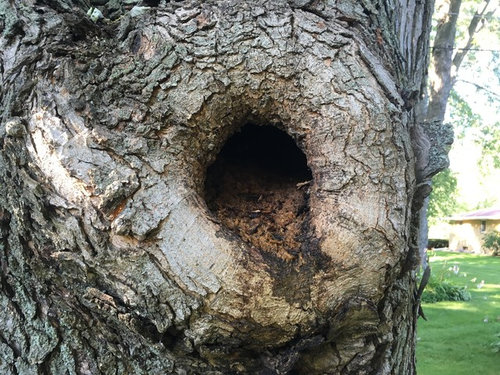



Large Rotting Hole In Silver Maple Tree
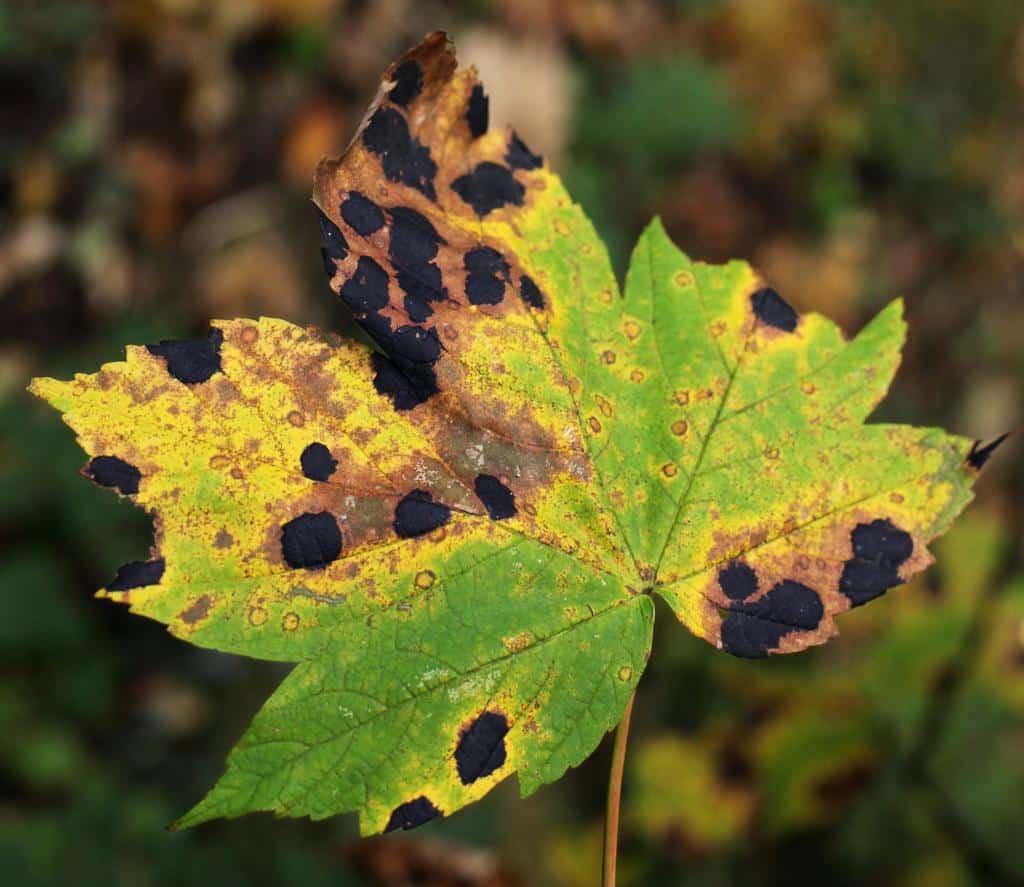



Treating Black Spots On Maple Leaves Naturally Prevention



What S Happening To My Maple Tree And Can It Be Saved The Kansas City Star




Maple Leaf Development And Heavy Seed Production Bygl




Maple Tree Diseases And How To Treat Them Lawnstarter




Ask An Expert Why Are My Leaves Turning Brown



Home Yard Garden Newsletter At The University Of Illinois
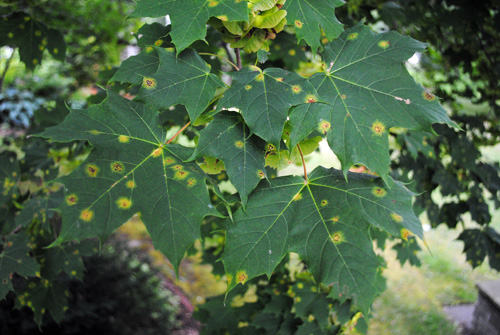



Why Do My Maple Leaves Have Spots Msu Extension
/GettyImages-462643565-5c5b07e946e0fb0001ca84fc.jpg)



The Characteristics Of The Silver Maple Tree
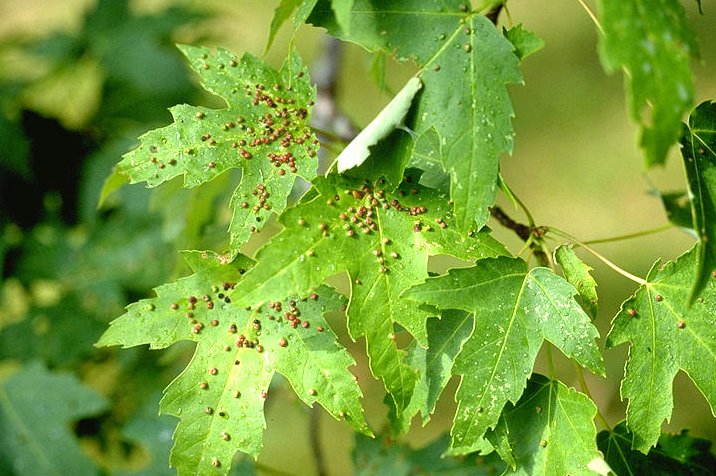



Facttemplate




13 Common Maple Tree Problems And Diseases Dengarden



Texas A M Forest Service Trees Of Texas List Of Trees




Treatment For Black Spots On Maple Tree Leaves Davey Blog




Why Do My Maple Leaves Have Spots Silver Maple Tree Black Dots Silver Maple Leaf




Maple Tree Diseases Lovetoknow




13 Common Maple Tree Problems And Diseases Dengarden




Red Maple Poisoning ep




Galls Of Maple Trees In Ohio Ohioline




Maple Leaf Blister Black Leaves On Maple Explained Horticulture And Home Pest News




Bad Trees Tree Choices For The Yard Planting Trees Tips



Purdue Experts Tree Deaths Across Indiana May Be Related To Weather Stress Purdue University




How Do I Keep My Maple Tree Healthy And Happy In Denver Fielding Tree And Shrub Care




Planting A Silver Maple Tree Learn About Silver Maple Tree Growth
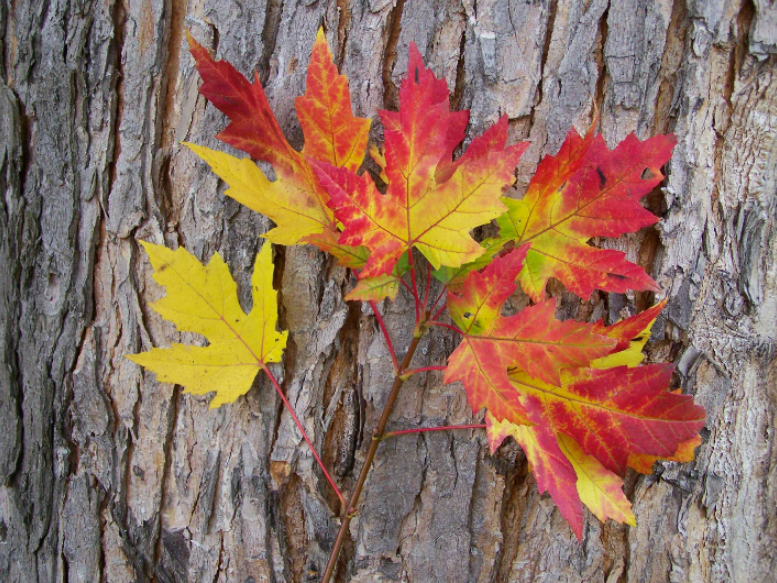



Silver Maple Denvers Most Common Shade Tree Dlc Arbor Blog
/cloudfront-us-east-1.images.arcpublishing.com/gray/24S72WVCCBBUZA7VWCJZP5GQPI.JPG)



Maple Tree Fungus Among Us



Dying




Buy Silver Maple Tree Wholesale Online Mail Order Nursery



Silver Maple Tree Plant Care Growing Guide




Maple Leaf Blister Black Leaves On Maple Explained Horticulture And Home Pest News




17 Amazing Types Of Maple Trees Better Homes Gardens




Maple Tree Leaves Have Black Spots It S Maple Tar Spot



1




Maple Tree Diseases Common Problems With Maples The Tree Center
/thirteen-species-of-maple-trees-3269671-2-684ae20544b04ac28c599dc0963035bc.jpg)



13 Beautiful Species Of Maple Trees
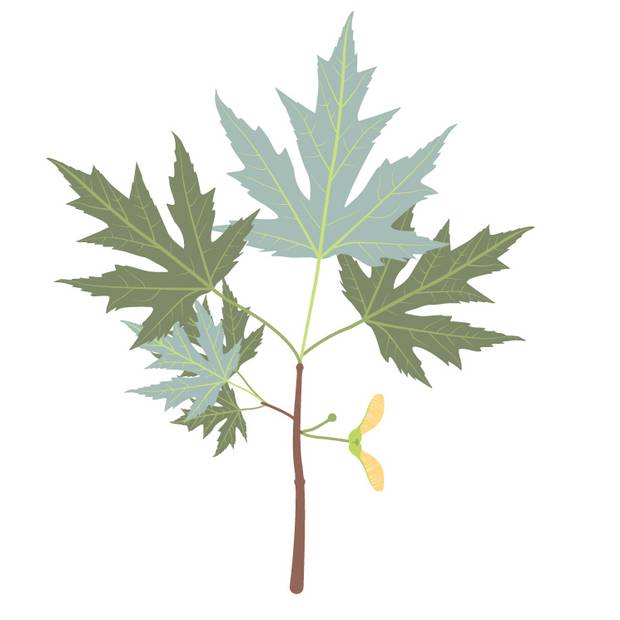



Problem Trees Three Types Of Trees Creating Headaches For City Of Toronto Staff The Globe And Mail




Verticillium Wilt A Serious Disease Of Trees And Shrubs News




Maple Tree Diseases Common Problems With Maples The Tree Center




Silver Maple Tree 1 Gallon Growers Solution



Silver Maple Acer Saccharinum




Maple Tree Diseases Common Problems With Maples The Tree Center




Silver Maple Ohio Department Of Natural Resources




13 Common Maple Tree Problems And Diseases Dengarden




Landscape Maple Anthracnose Center For Agriculture Food And The Environment At Umass Amherst




Local News Tar Spots Alarming Local Maple Tree Owners 8 24 18 Storm Lake Pilot Tribune




Edges Of Maple Leaves Turning Black Melinda Myers




Silver Maple Tree Facts Acer Saccharinum The Tree Authority




Maple Tree Diseases And Care Blain S Farm Fleet Blog




Is This Trimmer Damage Or Disease On Silver Maple Gardening Landscaping Stack Exchange




Eutypella Canker Umn Extension




What Is A Silver Maple Tree Home Stratosphere



Verticillium Wilt
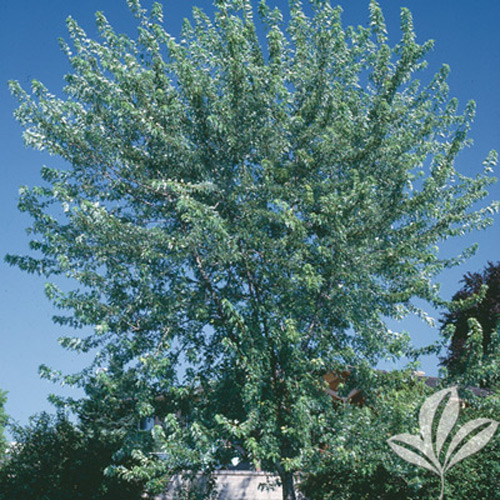



Silver Maple Texas Pecan Nursery




Maple Trees Turning Yellow Broomfield Enterprise




21 Types Of Maple Trees Leaves Bark With Pictures Identification




Maple Tree Diseases Lovetoknow




Acer Saccharinum River Maple Silverleaf Maple Silver Maple Swamp Maple Water Maple White Maple North Carolina Extension Gardener Plant Toolbox




Maple Tar Spot Disease Learn About The Control Of Maple Tar Spot



Silver Maple Trees For Sale Fastgrowingtrees Com




How To Remove Silver Maple Tree S Young Roots From The Soil Chicago Tribune



0 件のコメント:
コメントを投稿